The Savage B.Mag in .17 Winchester Super Magnum
other By: Stan Trzoniec | January, 26
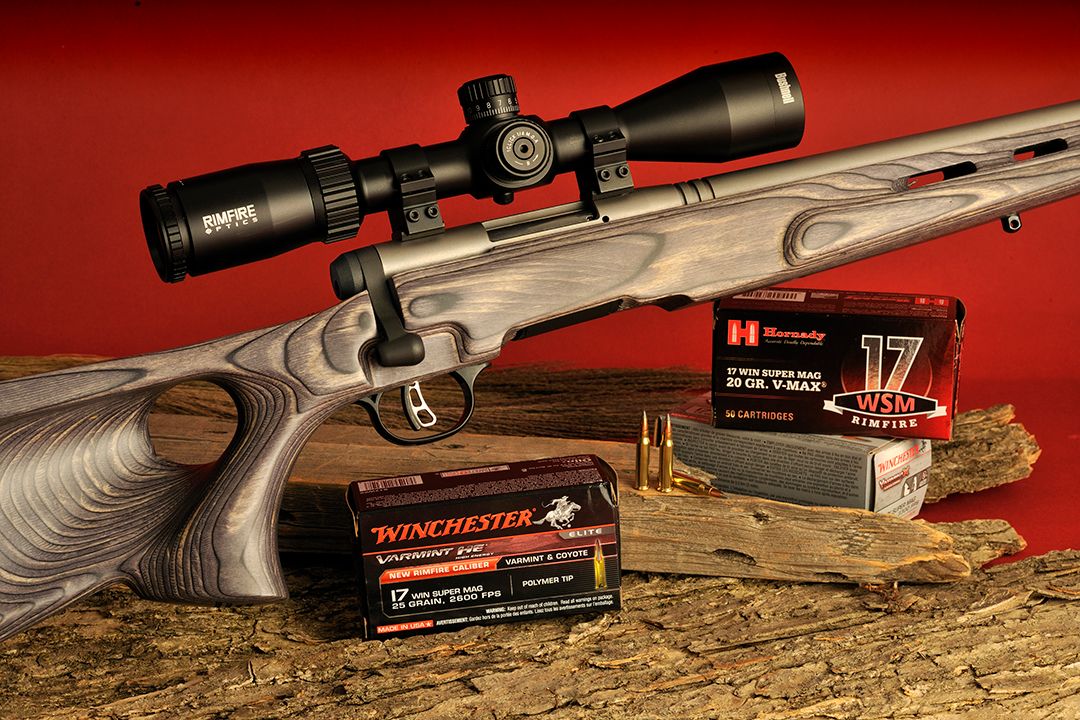
With the birth of a new cartridge comes the introduction of new rifles. For the hunter, this is a good thing. First, hunters get to try an innovative cartridge and second, with the advent of new rifles, the excitement builds on what to not only purchase, but also how it fits into your hunting lifestyle and the game you are pursuing.
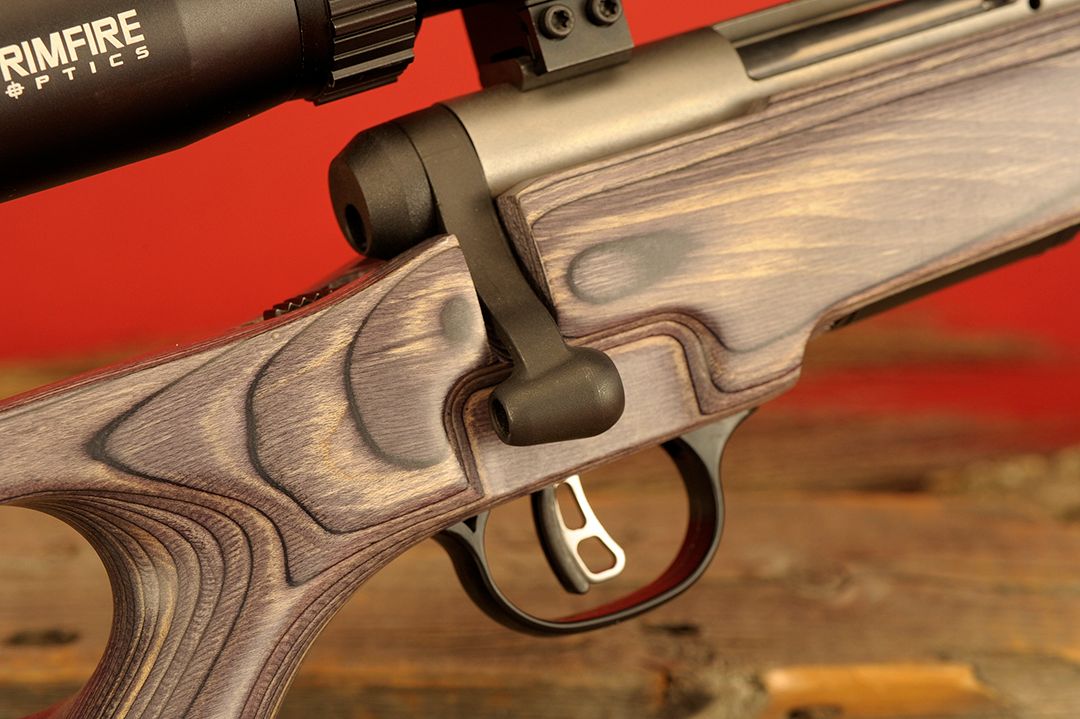
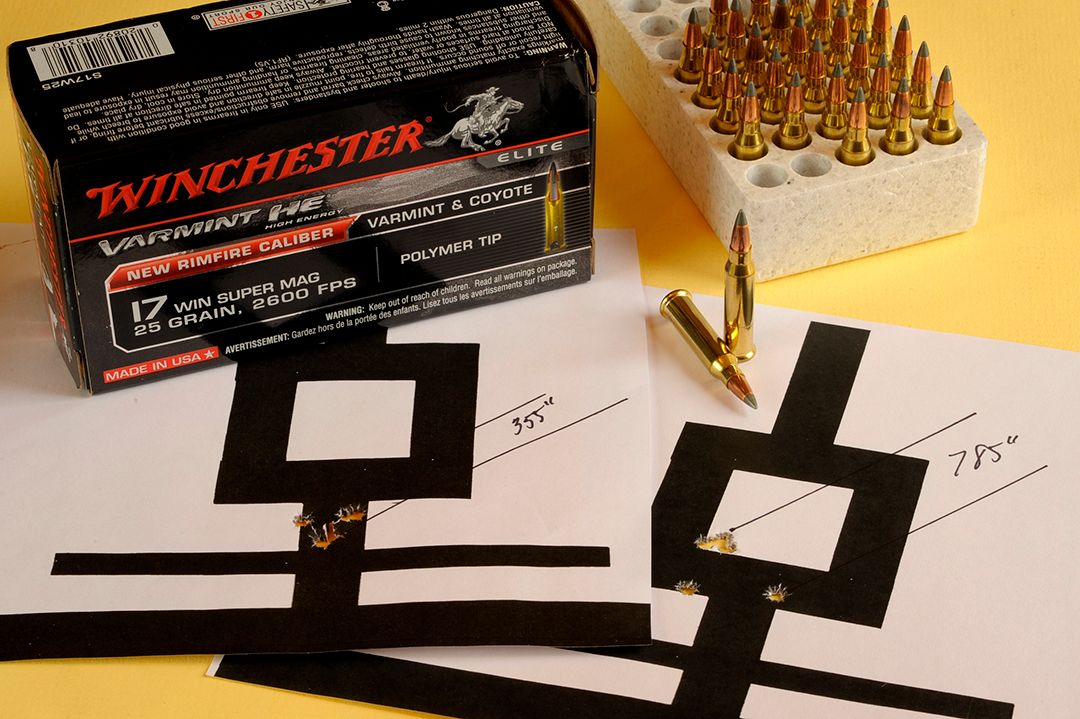
Since everything seems to revolve around this rimfire cartridge, let’s go here first. In the beginning of 2013, Winchester was about to introduce a new .17-caliber rimfire cartridge. While some of my friends had the ho-hum attitude about this, saying that they don’t need another .17-caliber candidate in the realm of modern cartridges, they obviously did not read between the lines. At the club one night, with all the data on the table, the discussion began.
While a few had heard the rumors back then about another seventeen on the market, most had not realized at the time that it was a new entry into the rimfire class of ammunition. The result from a three-year development stage from the parent company was a round of ammunition that could launch a 20-grain bullet out of the muzzle at 3,000 fps, making it the fastest rimfire cartridge available. One of the men was using the .17 HMR, so looking at the charts we found the .17 WSM cuts just about everything in half. As mentioned, the .17 WSM takes off at around 3,000 fps (depending upon barrel length) while the .17 HMR only hits the high side of 2,300 fps, which rivals the .22 WMR. For those who like to shoot at longer distances, terminal energy at 200 yards with the new round is 290 foot-pounds of energy as compared to the 125 foot-pounds of energy with the .17 HMR. Bullet drop again shines, with the .17 WSM falling only 4 inches, the .17 HMR around 11 inches.
.jpg)
When talking about innovation, Winchester certainly had the lead here. Since they make ammunition for many uses outside of sporting arms, they took their industrial, concrete driving .27-caliber nail gun blank, cut it down to 1.200 inches, then neck it down to a bottleneck case of .17 caliber for use with a 20-grain bullet. To ensure a safe delivery, the brass case on this nail gun blank is about 50 percent thicker than the .17 HMR, and can handle the 33,000 psi generated by the new round. Since some shooters/hunters don’t reload and keep their varmint distances shorter, this new ammunition is packaged in 50 unit boxes and ranges in price from thirty-one to thirty-eight cents per round ($15.50 to $19.00), depending upon the manufacturer and bullet weight. For the dedicated prairie dog shooter, this alone could be a blessing from the laborious task of reloading enough ammunition to take him or her through a fun day of shooting.
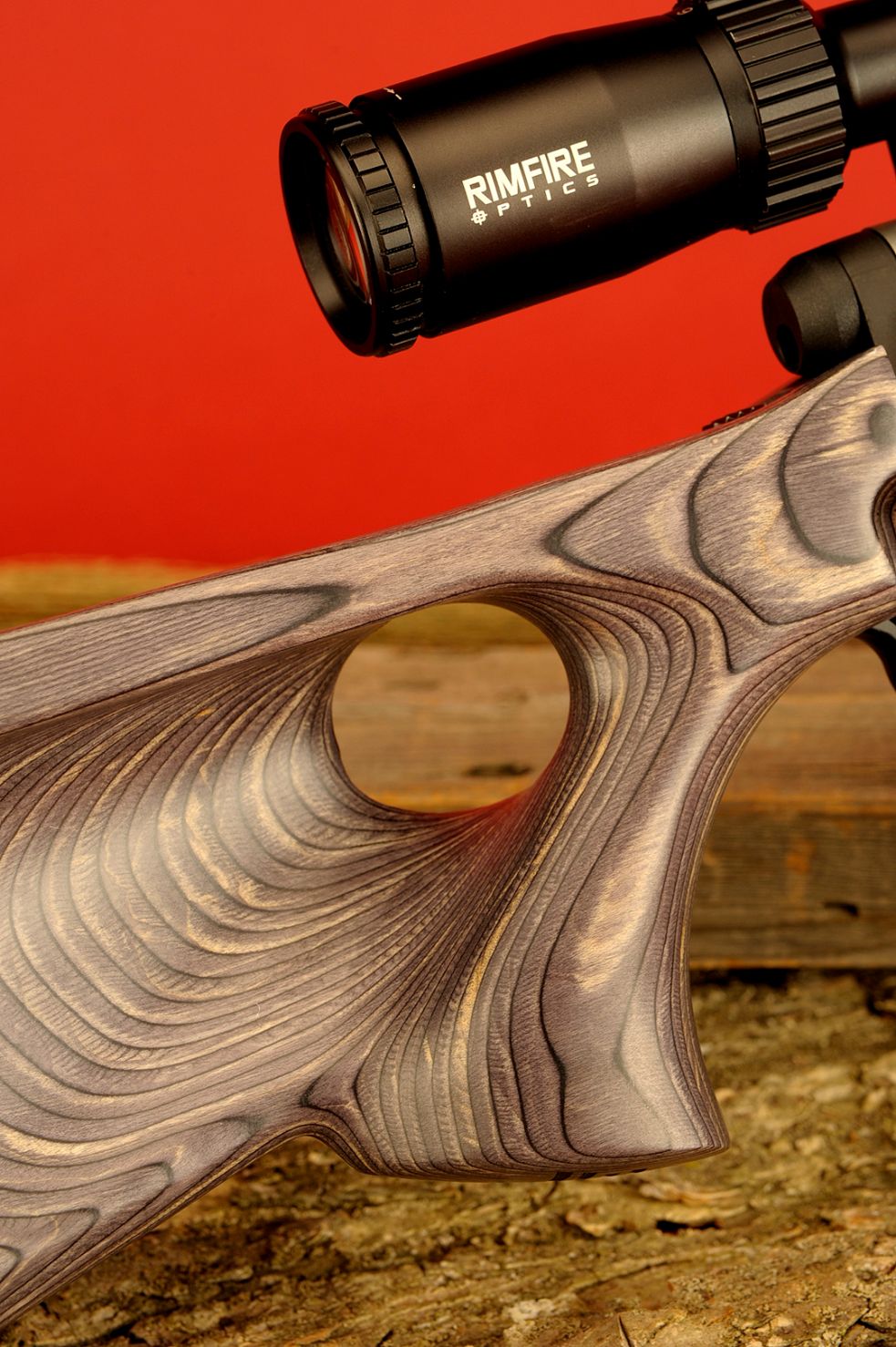
Digging deep, we found this was not a Winchester “go it yourself deal.” Savage was interested and delivered with a new design they called the B.MAG series. According to Savage, the gun was the first introduced since the sale of Savage to ATK, but that has now changed. Savage is now an entity on its own, separating from Vista Outdoor a short time back. As Winchester was to the .17 WSM round, Savage took their design and engineering team to host this cartridge from muzzle to recoil pad. Doing it in grand style, they started out with a good variety of models with the AccuTrigger, synthetic or laminated stock in a number of variations and a standard 22-inch barrel in a number of configurations.
Out of the box, the new owner will be more than pleased with the lines, quality and general appearance of the gun. Within the pages of the catalog, Savage offers six different models with variations in barreled actions and stocks. They offer the B.Mag rifle with a sporter weight barrel, B.Mag Heavy Barrel with either a blued or a stainless barrel, B.Mag Heavy Barrel Target, B.Mag Sporter and the B.Mag Beavertail with a heavy barrel. All barrel lengths are 22 inches and come in a sporter or heavy barrel as mentioned with the receiver hosting a rotary magazine.

Depending upon a hunter’s needs, there is a synthetic or gray laminated stock. The black synthetic stock is typical of the breed with a long forearm, recoil pad and sling swivel studs. Rifles with the laminated stock are available in a classic “California” design with a high comb or the “Target” model with a stainless action, scope bases all wrapped up with a thumbhole stock complete with stock vents on the wide forearm. This is my sample for the tests, and when it comes to a thumbhole-type rifle, this type of stock and I go back a long time.
What seems like eons ago, I built a rifle, gathering up an action from Interarms in .270 Winchester. From there, I ordered a thumbhole stock from Richards Micro-Fit with next to fancy wood. This was real do-it-yourself project and taught me much about fitting, sanding and finishing a stock. When completed, it went to California for a glossy finish to bring out the fiddleback pattern and to be checkered. This was my first thumbhole stock, and I found it enjoyable to shoot with the .270 Winchester. I still have that gun today.
The Savage Target gun follows the thumbhole design as it was meant to be. First, some will find the length of pull is longer than usual. This is because of the thumbhole, as your arm needs a little more room to hold the gun properly. It is not a big thing, only a half inch or so, and for the most part it will not be noticed at all. Concerning the thumbhole, it is dished out allowing your hand to fit perfectly within the confines of this part of the gun, and along with the rollover cheekpiece/comb makes the gun a pleasure to hold and shoot. While the .17 WSM is not a powerful cartridge to shoot, every part of the buttstock is finished off smooth to the touch, to include the inside of the thumbhole, the curved pistol grip and the cheekpiece. For field carry, there is a sling swivel stud and a small, but purposeful rubber pad with a black spacer.
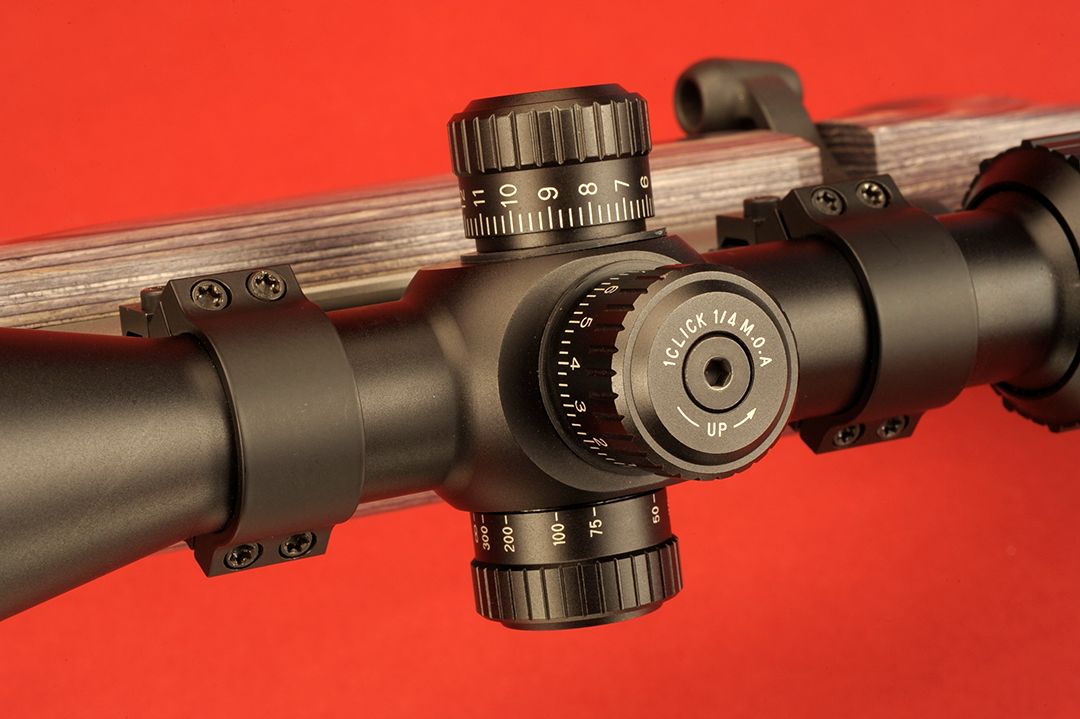
From the forend back, the base of the stock starts under 2 inches, then broadens out to about 2¼ inches as it gets closer to the receiver. Underneath there is a pair of sling swivel studs – one for the bipod and one for the sling for field carry. The stock has an inward taper to it allow a convenient place to grip the stock with your hand. Above that and below the barrel, three vents are cut into the wood as to allow cooling of the barrel during heated shooting sessions.
Around the receiver, the Boyd’s stock thins down on its way to the rear. Underneath, it is relieved to allow space for the rotary magazine and the trigger guard. Interesting to note is the stock has been machined out even more to allow additional space for the bolt handle and knob. The curved pistol grip is comfortable for shooting off the bench or prone on the ground, but shooters should watch the bottom part of the pistol grip when shooting from prone. It has a sharp forward pitch to it that can be easily chipped. There is no pistol grip cap, and the Savage logo is laser cut into the base of the grip.
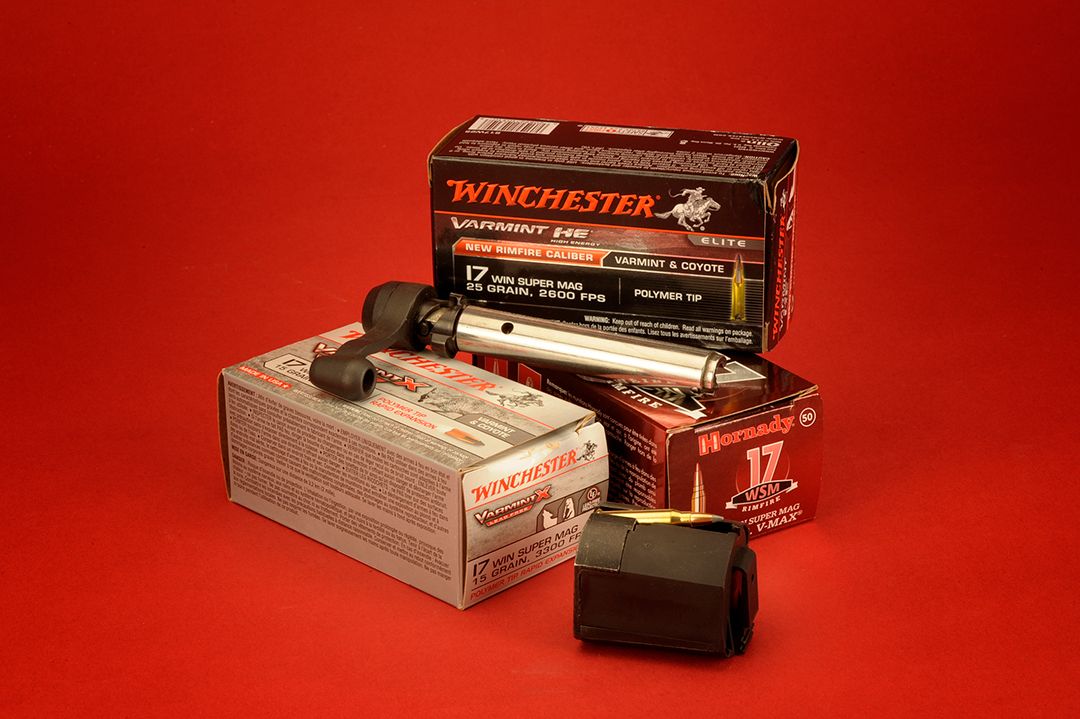
The bolt is left in a natural state with a deeper than normal bolt face. Looking at it straight on, the firing pin is to the right, the heavy-duty extractor to the left with an inboard ejector doing its part in getting rid of the spent case. The bolt handle has a slight “S” curve to it, and the tapered bolt knob has been hollowed out with the bolt shroud and related parts finished in a satin-black. Located on the left side of the receiver is the bolt release – one push inward allows the bolt to follow to the rear and out of the gun.
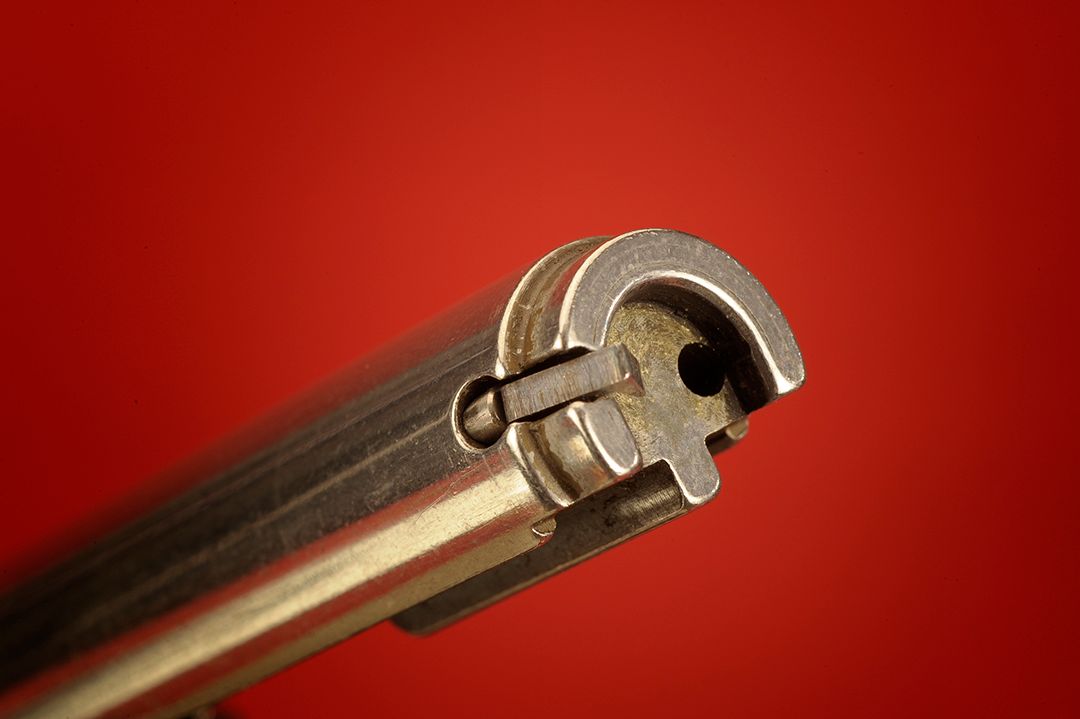
The barrel is 22 inches long regardless of the B.Mag model, and like the receiver, is stainless and free-floating. On this model, Savage considers it a “heavy” barrel measuring .800 inch at the muzzle with a target crown, which is screwed into the receiver and headspaced. The receiver measures almost 7 inches in length, and with its sleek profile adds a bit of streamlining to the gun. Topside, the gun is furnished from the factory with Weaver type bases. For shooting, I attached a Bushnell Rimfire Optics scope with all the bells and whistles one might find on a fully-equipped centerfire scope, including a one-inch tube, adjustable eyepiece, a focus adjustment on the left turret all placed in a package with a 3-9 zoom range.
.jpg)
For field use, the gun is equipped with a rotary magazine that sits flush with the bottom of the gun. The magazine is made with a combination of metal and polymer components, which should last the lifetime of the gun. This unit goes in and out of the gun flawlessly, but needs a little push on entry to seat it tight into the recess. Twin screws on the end allow easy disassembly for cleaning, and holding eight rounds affords a good time in the field without reloading.
The safety is mounted on the tang, a place I have always favored, especially for left-hand shooters. Simple and dependable, forward to fire, back for safe. The AccuTrigger is standard and is easy to adjust by removing the stock. The trigger guard is plastic and could have been made a bit larger to accommodate a glove finger as things start to get tight from the trigger face forward to the inner bend of the guard.
Regardless of the firearm, it’s always a pleasure to go to the range for some fun and to wring out the gun. First, the gun is fun to shoot because of not only the low recoiling rimfire cartridge, but also the ergonomics of the stock. The wide forearm laid nicely into the front beanbag while the thumbhole-type stock was perfect for benchrest or testing. The AccuTrigger of course added to the morning’s shoot, and even though the weather was in the mid-30s and without a wind, I decided to shoot the gun both at the 50- and 100-yard line to a take advantage of the nice day.
For the testing, I gathered up three varieties of the Winchester and Hornady .17 WSM ammunition in a variety of bullet weights. I used Winchester’s 15-grain Polymer Tip Rapid Expansion, and 25-grain Polymer Tip and Hornady 20-grain V-Max. While the range chart explains it all, the heavier 25-grain bullet did the best of all at both ranges. At 50 yards, it went into a five-shot group that measured a curt .355 inch. At 100 yards, it printed .786 inch, almost double of the shorter distance. In practical terms and with a 2,562 fps on my Oehler chronograph (Winchester quotes 2,600 fps) and zeroed for 100 yards, bullet drop would be around 2 inches at 150 and 5.6 inches at 200.
I found the Savage B.MAG combined with any of the Winchester brands of ammunition fitting into my pastime of taking woodchucks this coming summer with the heavier bullet. The gun is more than reasonably priced, is quality oriented and finished to high standards. The ammunition is flawless, accurate and for the non-handloader, a great alternative for small game. What more could a varmint hunter ask for?

